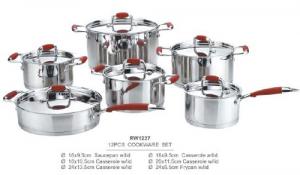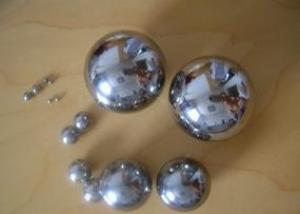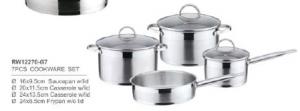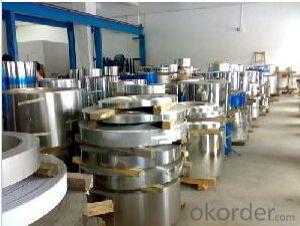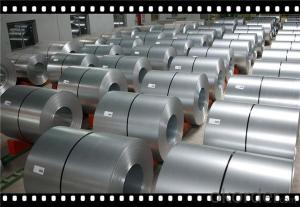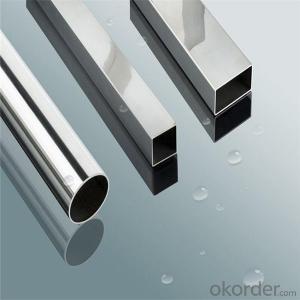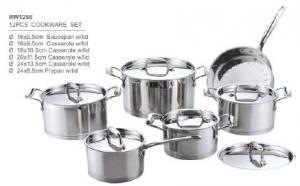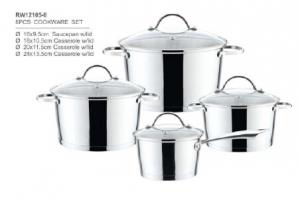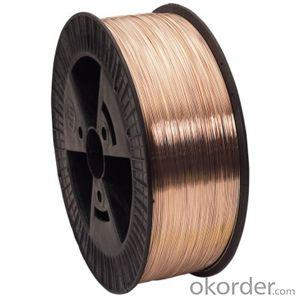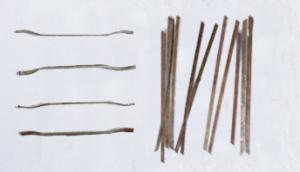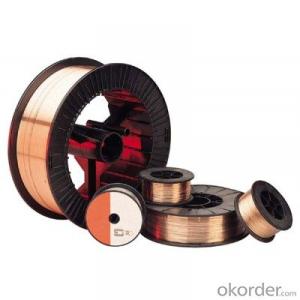201 Stainless Steel
201 Stainless Steel Related Searches
Best Paint For Stainless Steel Blanket Insulation For Steel Buildings Primer For Galvanized Steel Foam Filter For Stainless Steel H S Code For Stainless Steel Surface Grinding Wheels For Stainless Steel Surface Grinding Wheels For Hardened Steel Hole Saw For Stainless Steel Paint For Stainless Steel Stainless Steel For BbqHot Searches
Steel Mesh Panels For Sale Price For Stainless Steel Scrap Scrap Price For Stainless Steel Price For Stainless Steel Stainless Steel Tank For Sale Stainless Steel Sheets For Sale Cheap High Tea Sets For Sale Stainless Steel Tanks For Sale Stainless Steel For Sale High Density Fiberboard For Sale Solar Hot Water Collectors For Sale Scaffolding For Sale In Uae Scaffolding For Sale In Ireland Scaffolding For Sale In Houston Type Of Inverter For Solar Price Of Shipping Containers For Sale Types Of Inverter For Solar Stock Price For Aluminum Used Solar Inverter For Sale Steel Mesh Panels For Sale201 Stainless Steel Supplier & Manufacturer from China
Okorder.com is a professional 201 Stainless Steel supplier & manufacturer, offers integrated one-stop services including real-time quoting and online cargo tracking. We are funded by CNBM Group, a Fortune 500 enterprise and the largest 201 Stainless Steel firm in China.Hot Products
FAQ
- Yes, stainless steel wire can be used for making wire forms. Stainless steel wire is known for its strength, durability, and resistance to corrosion, making it a popular choice for various applications. It can be easily bent, shaped, and manipulated into different forms and structures, making it ideal for creating wire forms such as sculptures, jewelry, and industrial components. Additionally, stainless steel wire offers a sleek and polished look, making it an attractive material for decorative and aesthetic purposes.
- Why do stainless steel screws still rust?
- Stainless steel screws will rust by contact with acid and alkali chemicals, or stainless steel screws in wet environment, the protective film on the surface of stainless steel screws, stainless steel screws will continue to damage, corrosion, corrosion and rust.
- How can stainless steel screws bite?
- The product does not have the correct choice, before use should confirm the mechanical properties of the products can meet the application requirements (such as safety load and tensile strength of the screw nut, screw length) also should be appropriate, to tighten the nut after exposing one to two teeth from prevail.
- Yes, stainless steel wire is indeed suitable for wire rope assemblies. Stainless steel wire ropes are known for their exceptional strength, durability, and resistance to corrosion. They are often used in applications that require high performance and reliability, such as marine, construction, and industrial sectors. Stainless steel wire rope assemblies offer excellent tensile strength, flexibility, and abrasion resistance, making them ideal for heavy lifting, rigging, and suspension purposes. Additionally, stainless steel wire ropes can withstand harsh environmental conditions, including exposure to moisture, chemicals, and extreme temperatures, without compromising their structural integrity. Overall, stainless steel wire is a reliable and versatile material for wire rope assemblies, providing long-lasting and safe performance in various applications.
- Yes, stainless steel wire can be used for springs in the agricultural industry. Stainless steel is known for its excellent corrosion resistance, which makes it ideal for agricultural applications where the springs may be exposed to harsh environments or chemicals. Additionally, stainless steel wire has high tensile strength and good elasticity, enabling it to withstand heavy loads and repeated usage. These properties make stainless steel wire springs suitable for various agricultural machinery and equipment, such as tractors, plows, harvesters, and irrigation systems.
- Stainless steel wire is different from regular steel wire primarily due to its composition and properties. Unlike regular steel wire, stainless steel wire is alloyed with chromium, which provides it with excellent resistance to corrosion and rust. This makes stainless steel wire highly durable and suitable for outdoor and marine applications. Additionally, stainless steel wire has a higher tensile strength and is more resistant to heat, making it ideal for high-temperature environments. Overall, stainless steel wire offers superior longevity and performance compared to regular steel wire.
- There are several different types of stainless steel wire braids that are commonly used in various industries. These include: 1. Standard braids: These are the most common type of stainless steel wire braids and are typically made from AISI 304 or AISI 316 stainless steel. They offer good flexibility and resistance to corrosion, making them suitable for a wide range of applications. 2. High-tensile braids: These braids are made from stainless steel alloys with higher tensile strength, such as AISI 302 or AISI 321. They are specifically designed for applications that require extra strength and durability, such as heavy machinery or high-pressure systems. 3. Ultra-flexible braids: As the name suggests, these braids are extremely flexible and are often used in applications where flexibility and maneuverability are crucial, such as in medical devices or robotics. They are typically made from AISI 316L stainless steel, which offers excellent corrosion resistance and biocompatibility. 4. Coated braids: Some stainless steel wire braids are coated with a layer of polymer or silicone material to provide additional protection against abrasion or chemicals. These coatings can also enhance the appearance of the braids and make them more comfortable to handle. 5. Flat braids: Unlike traditional round braids, flat braids have a flattened profile. They are commonly used in applications that require a low profile or when space is limited. Flat braids can be made from various stainless steel alloys, depending on the specific requirements of the application. Overall, the different types of stainless steel wire braids offer a wide range of properties and characteristics to meet the diverse needs of different industries. Selecting the right type of braid depends on factors such as the application requirements, environment, and desired performance characteristics.
- In wire production, stainless steel wire typically possesses a greater weight in comparison to other commonly utilized materials. Renowned for its resilience and potency, stainless steel wire derives its durability and strength from its composition consisting of iron, chromium, and occasionally additional elements. Owing to its sturdy characteristic, stainless steel wire exhibits a higher density when contrasted with materials like aluminum or copper, leading to a greater weight per unit volume. Nevertheless, it is crucial to acknowledge that the weight of stainless steel wire may fluctuate depending on the precise alloy and diameter of the wire.



















